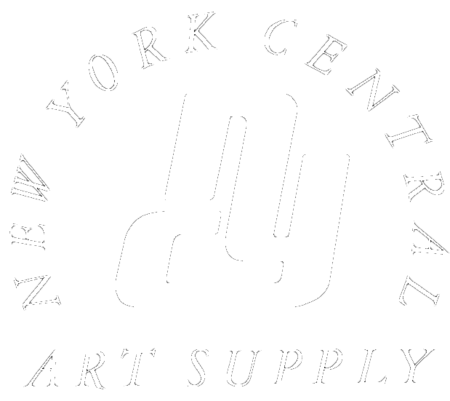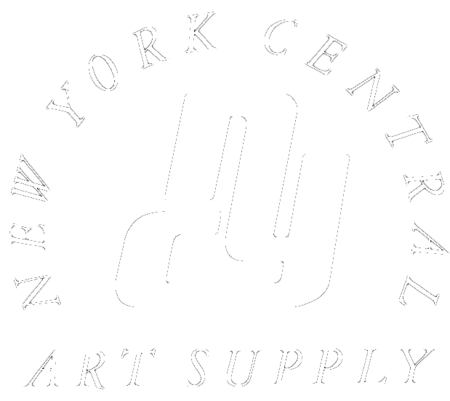
These handle-less quills come from the heyday of sign lettering and china/ceramic painting. They are generally Camel Hair (Grey Squirrel), Kazan Hair (Brown Squirrel) and Ox Hair, mounted in real quills. Most of these quills have square cut hair so that instead of forming a point they form a flat chisel edge, allowing sign painters to form squared letters with long continuous strokes. Squirrel hair will load and easily release an ample amount of fluid color. Ox hair is more resilient but with less body and will load up heavier fluid paints and are good for lining and flowing linear effects. Ox is sometimes blended with other softer, fuller hair to give the body of the brush more support.
The bird quills are first soaked to expand and soften them, then the chosen hair is sorted into different size batches and composed into a flat arrangement with the cut ends level and then bound with waxed linen or silk. The cut end of the bundled hair is then inserted into the soaked quill and cinched in place with brass or copper wire (the twist in the wire is usually placed parallel to the natural flat of the brush). When the quill dries, it then shrinks around the cut end of the hair bundle, firmly holding the hair in place. When setting a handle, the hollow end of the quill can be re-soaked to make it more pliable and easier to fit (in the past, sometimes the hollow end of the quill was stuck into a potato overnight, to soften up.) Handles could be recycled from old brushes, sanded dowels, even chop sticks. Before use with oil colors, the quill and handle may be laid flat in mineral oil so that the oil can seep into the ferrule (quill) to keep color out making the cleaning of the brush easier. Sonic cleaners are especially useful in cleaning quill brushes.

